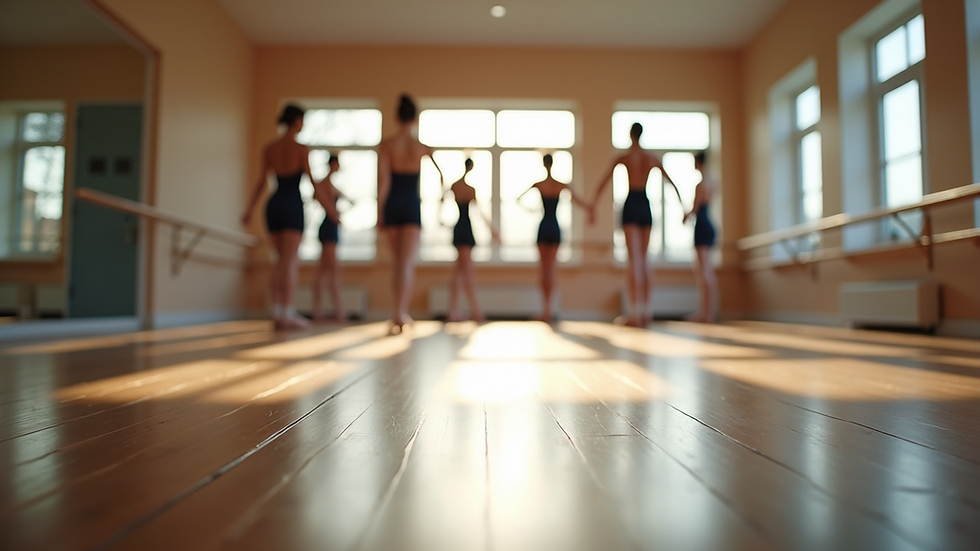Ballet Classes for 8-12 year olds
- dancewithmschrystie

- Aug 12
- 2 min read
Ballet captures the imagination with its beauty and poise. For children aged 8 to 12, ballet classes are not just about learning to dance; they provide a platform to improve fitness, discipline, and creativity. At this age, students are at a prime stage to refine their ballet technique. They should focus on proper alignment, posture, and footwork. Instructors can help by emphasizing the importance of a strong core and effective use of the legs. For instance, practicing the basic positions—first, second, and fifth—should be paired with exercises that reinforce precision.
The fluidity and grace of ballet are crucial for captivating performances. Dancers should spend time transitioning smoothly between movements, which demands a strong grasp of musicality. Integrating exercises that connect movements to the rhythm of music will not only enhance their performances but also instill a greater appreciation for ballet. For example, pairing a simple tendu with different musical tempos can help students learn how to adapt their movements to varied rhythms.
Elegance sets ballet apart from other dance forms and is essential for young dancers. Instructors should prioritize teaching proper posture and arm placement to cultivate this quality. Exercises like port de bras can significantly enhance their overall look, allowing dancers to express emotions more effectively. Flexibility is key in ballet, enabling dancers to perform a wide range of movements effortlessly. Classes must include a structured stretching routine aimed at improving flexibility and preventing injuries.
Listening and following directions is an important skill for any dancer. In ballet classes, students should practice active listening and responding to verbal cues. This not only aids effective learning of choreography but also fosters teamwork and cooperation among peers.
Ballet is celebrated for its striking poses and formations. Students should learn various poses, including arabesques and attitudes, and perfect the transitions between them. Group formations are equally crucial, as they enhance visual appeal during performances. Instructors can create group tasks that encourage collaboration, enabling students to craft beautiful shapes and patterns on stage together.A deeper understanding of ballet's history can greatly enrich a dancer's experience. By connecting students with this rich legacy, it can spark their passion for dance and help them appreciate the traditions of ballet.
Ballet classes for children aged 8-12 provide a fantastic starting point for young dancers. By focusing on technique, fluid movement, elegance, flexibility, and embracing the rich history of ballet, students can sharpen their skills while nurturing a lasting love for dance. Along their journey, they will not only emerge as more capable dancers but will also build confidence and poise that will benefit them in various aspects of their lives.






Comments